Lupine Publishers- Environmental and Soil Science
Abstract
Introduction
Biosynthesis
The pathways of biosynthesis are responsible for the occurrence of both primary and secondary metabolites illustrated in Figure 1. Biosynthetic reactions are energy consuming, fueled by the energy released by glycolysis of carbohydrates and through the citric acid cycle. Oxidation of glucose, fatty acids and amino acids results in ATP formation, which is a high-energy molecule formed by catabolism of primary compounds. ATP is recycled in fuel anabolic reactions involving intermediate molecules on the pathways. Whereas, catabolism involves oxidation of starting molecules, biosynthesis or anabolism involves reduction reaction. Hence, the need of reducing agent or hydrogen donor, which is usually the NADP. These catalysts are known as coenzymes and the most widely occurring is CoA made up of ADP and pantetheine phosphate. The most common pathways taken for biosynthesis are performed through the pentose for glycosides, polysaccharides; shikimic acid for phenols, tannins, aromatic alkaloids; acetate-malonate for phenols and alkaloids and mevalonic acid for terpenes, steroids and alkaloids. As showed in the Figure 1, the scheme outlines how metabolites from the process of photosynthesis, glycolysis and Krebs cycle are tapped off from energy-generating process to provide biosynthetic intermediates. By far, the important building blocks employed in the biosynthesis of secondary metabolites are derived from Acetyl-Co-A, shikimic acid, mevalonic acid and 1-deoxylulose 5-phosphate [1-8].Expression of Secondary Metabolites
medicinal plants are influenced by a variety of factors, which include climate/ season, edaphic conditions or the association of other plants and other living organisms [9]. Another factor that influenced the production of secondary metabolites in plants are the inter relationship between plants and the insect flora. It is now generally accepted that the flora and the insect flora in a tropical ecosystem have been co-evolving and co-adapting. Many of the medicinal plants are cross-pollinated and they need the help of pollinators. In an open area the wind could do the function, but in a canopied forest many of the shrubs and herbs growing under the big trees cannot get wind to pollinate. These plants are thus heavily depending upon the insects or even the birds to pollinate them. To attract the insects or birds the plants develop pleasant aroma (essential oils) and provide honey and pollen as food to these pollinators. Many flowers contain honey or pollen, which are the normal food of many insects and birds [10, 11]. The insects like bees and butterflies visit flowers after flowers and take honey or pollen or both. During this process they also carry pollen on their body part, which then help in pollinating while visiting other plants. Many flowers have structurally evolved flower parts to affect such pollinations by insects. These insects also multiply on plants. They lay millions of eggs and the larvae that emerge from these eggs then feed on leaves of the plants, sometimes destroying the plants altogether by over feeding. During the course of evolution, the plants began to synthesize certain toxic substance so that a good percentage of the feeding larvae could be killed [12-14]. The insect on the other hand began to develop resistance so that many of the larvae could survive. The plants on the other hand again counteracted. It is synthesizing more and more toxic compounds. This was something like the love and hate relationship between plants and the insects, which during the course of millions of years of evolutions have resulted in the synthesis of innumerable chemical compounds, mostly the secondary metabolites in plants as well as in insects [15,16].The variability in living organisms is indeed the insurance for survival. The evolutionary origin of cross breeding was indeed a nature’s device for reshuffling of genes so that new variants could be produced. Similarly, the abiotic conditions also exerted certain influence in the plants and the plants responded by developing various chemicals [17]. In extreme drought conditions the desert exerts a kind of stress on the plants and the plants evolve by synthesizing chemicals that would help them to protect from stress induced by the desert conditions. An excellent example for this is the plant Commiphora wightii; an important medicinal plant used extensively as complimentary medicine named ‘Guggul’. The medicinal part of the plant is the gum exudates from the stem bark of living plants. This gum is traditionally collected from the desert regions of Rajasthan, Gujarat and even Afghanistan. To everyone’s surprise the chemical data of this gum revealed that it does not contain most of the active compounds. A logical explanation may be that this plant growing in a warm humid tropical forest region. It has no desert like conditions and therefore there is no question of any drought induced stress. The same plant when growing in desert has to confront drought induced stress and the plant synthesizes the stress beating chemicals. There are many similar cases that demonstrate that certain specific climatic conditions and edaphic situations are extremely important in the production of therapeutically desirable medicinal compounds. Sandalwood is another classical example. The specific aroma of sandalwood is due to the presence of certain essential oil chemicals, mostly monoterpenes and sesquiterpenes. The production of the specific aroma chemicals is fully expressed only in those sandalwood trees that grow in certain forest regions of Karnataka. The sandalwood growing in other places in India or elsewhere in the world do not have the same kind of aroma with the corresponding chemical constituents [18-20].
Importance of Secondary Metabolites
Secondary metabolites, which are a characteristic feature of plants, are especially important and can protect plants against a wide variety of microorganisms (viruses, bacteria, fungi) and herbivores (arthropods, vertebrates). As is the situation with all defense systems of plants and animals, a few specialized pathogens have evolved in plants and have overcome the chemical defense barrier. Secondary metabolites, including antibiotics, are produced in nature and serve survival functions for the organisms producing them. Secondary metabolites serve:a) As competitive weapons used against other bacteria, fungi, amoebae, plants, insects, and large animals;
b) As metal transporting agents;
c) As agents of symbiosis between microbes and plants, nematodes, insects, and higher animals;
d) As sexual hormones; and
e) As differentiation effectors.
Although antibiotics are not obligatory for sporulation, some secondary metabolites (including antibiotics) stimulate spore formation and inhibit or stimulate germination. Formation of secondary metabolites and spores are regulated by similar factors. Thus, the secondary metabolite can:
a) Slow down germination of spores until a less competitive environment and more favorable conditions for growth exist;
b) Protect the dormant or initiated spore from consumption by amoebae; or
c) Cleanse the immediate environment of competing microorganisms during germination [21-24].
Environmental Stress and Secondary Metabolites in Plants
Environmental factors significantly affect plant growth and biosynthesis of SMs. Plant growth and productivity is negatively affected by temperature extremes, salinity, and drought stress. Plant SMs are compounds that play an essential part in the interaction of plants with abiotic stresses [25]. In addition, plant growth and development are also largely mediated by the endogenous levels of these SMs. A wide range of SMs are produced from primary metabolites such as amino acids, lipids, and carbohydrates in higher plants. Particular colors, tastes, and odors of plants are associated with SMs. Plant SMs also serve as essential sources of industrially important chemicals, flavors, food additives, and pharmaceuticals [26]. Plants accumulate such compounds in response to different signaling molecules. SM production is influenced by various environmental stresses. Environmental factors determine the synthesis and subsequent accumulation of SM. Alteration in any one factor triggers perturbations in the biosynthesis of plant SMs [27].Differential Responses of Plants to Biotic Stress
Plants contribute a lot to this universe, but they have to face many stresses of biotic or abiotic nature. Biotic stress is a severe environmental constraint to the plant’s productivity. Biotic stress induces loss in crop yield probably more than the cumulative losses from all other factors. In any stress, the type and duration are critical for plant growth [28]. Plants use various defensive strategies to tolerate these adverse factors. Of the various defensive mechanisms, one is the production of reactive oxygen species. These defensive mechanisms against biotic stress are generated as a result of the continuous interaction between plant and pathogen [29]. Plants’ responses to biotic stress are not only the alteration in anatomical features, such as formation of a waxy cuticle, trichrome, setae, and spines, but also the production of various secondary metabolites. Such types of plant responses have been observed against bacteria, fungi, and pests. These secondary metabolites trigger different plant defense mechanisms in the form of ascorbic acid, antioxidative enzymes (peroxidase, polyphenol oxidase, lipoxygenases), salicylic acid, jasmonic acid, and Ca2+ against biotic stress and also act as toxins (terpenes, alkaloids, and phenolic compounds) against plant pathogens [30].Engineering of Biomass Accumulation and Secondary Metabolite Production
Plants are the source of valuable secondary metabolites that are commonly used in pharmaceutical, food, agricultural, cosmetic, and textile industries [31]. Plant cell and tissue culture technologies can be established routinely under sterile conditions from explants, such as plant leaves, stems, roots, and meristems for both the ways for multiplication and extraction of secondary metabolites. In vitro production of secondary metabolite in plant cell suspension cultures has been reported from various medicinal plants, and bioreactors are the key step for their commercial production. Based on this lime light, the present review is aimed to cover Phyto therapeutic application and recent advancement for the production of some important plant pharmaceuticals [32]. The increasing commercial importance of secondary metabolites has resulted in a great interest in research focusing on secondary metabolism and finding alternative ways for secondary metabolite production. Plant cell and tissue cultures are branches of plant biotechnology and they have been introduced as alternative ways for the production of valuable secondary metabolites. Plant technology provides a continuous and reliable source for pharmaceutical phytochemicals and can easily be scaled up [33]. Therefore, plant cell and tissue cultures have a great potential to be used as an alternative to traditional agriculture for the industrial production of secondary metabolites [34,35].Response to Secondary Metabolism to Light Irradiation
The key factors related light radiation include photoperiod (duration), intensity (quantity), direction and quality (frequency or wavelength). In response to light radiation, plants are able to adapt to the changes of circumstances by the release and accumulation of various secondary metabolites including phenolic compounds, triterpenoids and flavonoids, and many of them, have high economic and utilization value due to the well-known antioxidant property [36] (Table1).In comparison with a long day of light exposure, a short day of light exposure caused a decrease of, caffeoylquinic acids by about 40% and even an approximately double reduction in the content of flavonoid aglycones (Table 2).
Camptothecin (CPT) class of compounds has been demonstrated to be effective against a broad spectrum of tumors. Their molecular target has been firmly established to be human DNA topoisomerase I (topo I). The medicinal plant Centella asiatica (L.) Urban contains mainly ursane-type triterpene saponins, the most prominent one is asiaticoside. It is now firmly established that the major bioactivities of C. asiatica leaf extracts are due to these saponins, including memory improvement, wound and vein healing, antihistaminic, antiulcer and antilepsory treatments, as an antidepressant, and as antibacterial, antifungal, and antioxidant agents. As a familiar indole alkaloid, the SM camptothecin can respond to environmental stresses and its accumulation rate can change with light irradiation conditions. It is known that overshadowing can induce biochemical changes in plants, particularly in leaves, and heavy shading of only 27% full sunlight, for example, can elevate the concentration of camptothecin in leaves of Camptotheca acuminata, whereas substantially reduce that in the lateral roots of this tree (Table 3).
There has been considerable public and scientific interest in the use of phytochemicals derived from dietary components to combat human diseases. They are naturally occurring substances found in plants. Ferulic acid (FA) is a phytochemical commonly found in fruits and vegetables such as tomatoes, sweet corn and rice bran. It arises from metabolism of phenylalanine and tyrosine by Shikimate pathway in plants. It exhibits a wide range of therapeutic effects against various diseases like cancer, diabetes, cardiovascular and neurodegenerative. Kaempferol (3,5,7-trihydroxy-2-(4- hydroxyphenyl)-4H-1-benzopyran-4-one) is a flavonoid found in many edible plants (e.g., tea, broccoli, cabbage, kale, beans, endive, leek, tomato, strawberries, and grapes) and in plants or botanical products commonly used in traditional medicine (e.g., Ginkgo biloba, Tilia spp, Equisetum spp, Moringa oleifera, Sophora japonica and propolis). Its anti-oxidant/anti-inflammatory effects have been demonstrated in various disease models, including those for encephalomyelitis, diabetes, asthma, and carcinogenesis. Moreover, kaempferol act as a scavenger of free radicals and superoxide radicals as well as preserve the activity of various antioxidant enzymes such as catalase, glutathione peroxidase, and glutathione-S-transferase. The anticancer effect of this flavonoid is mediated through different modes of action, including antiproliferation, apoptosis induction, cell-cycle arrest, generation of reactive oxygen species (ROS), and anti-metastasis/antiangiogenesis activities. Context Catharanthus roseus (L.) G. Don (Apocynaceae) is still one of the most important sources of terpene indole alkaloids including anticancer and hypertensive drugs as vincristine and vinblastine. These final compounds have complex pathway and many enzymes are involved in their biosynthesis. Indeed, ajmalicine and catharanthine are important precursors their increase can lead to enhance levels of molecules of interest. A direct coupling of cantharanthine with vindoline to provide vinblastine is detailed along with key mechanistic and labeling studies. With the completion of a first-generation total synthesis of vindoline that was extended to a series of related analogues. The antioxidant effects of the flavonoids rutin and quercetin inhibit oxaliplatin-induced chronic painful peripheral neuropathy.
Response of Plant SMs to Temperature
The modulation of temperature to alkaloids accumulation was reported, and high temperature preferable to induce the biosynthesis of alkaloids. The total accumulation of alkaloids (morphinane, phthalisoquinoline and benzylisoquinoline) in dry Papaver somniferum was restricted at low temperature. In contrast, the total level of phenolic acids and isoflavonoid (genistein, daidzein and genistin) in soybean (Glycine max) roots increased after the treatment at low temperature for 24 h, and among which the highest increase of about 310% was observed in genistin after the treatment at 10 °C for 24 h, in comparison to the control [52,53] (Table 4).In women, aging and declining estrogen levels are associated with several cutaneous changes, many of which can be reversed or improved by estrogen supplementation. Experimental and clinical studies in postmenopausal conditions indicate that estrogen deprivation is associated with dryness, atrophy, fine wrinkling, and poor wound healing. The isoflavone genistein binds to estrogen receptor β and has been reported to improve skin changes. In vitro data has shown that the soy isoflavones genistein and daidzein may even stimulate the proliferation of estrogen-receptor alpha positive (ERα+) breast cancer cells at low concentrations. 10-Hydroxycamptothecin (10-HCPT), an indole alkaloid isolated from a Chinese tree, Camptotheca acuminate, inhibits the activity of topoisomerase I and has a broad spectrum of anticancer activity in vitro and in vivo. However, its use has been limited due to its water-insolubility and toxicity with i.v. administration. Isoprene is synthesized through the 2-C-methylerythritol-5-phosphate (MEP) pathway that also produces abscisic acid (ABA). Increases in foliar free ABA concentration during drought induce stomatal closure and may also alter ethylene biosynthesis. This first report on α-farnesene synthesis in Y. lipolytica lays a foundation for future research on production of sesquitepenes in Y. lipolytica and other closest yeast species and will potentially contribute in its industrial production. Pelargonidin chloride is an anthocyanidin chloride that has pelargonidin as the cationic counterpart. It has a role as a phytoestrogen and a plant metabolite. It contains a pelargonidin.
Response of Plant SMs to Soil Water
Water stress is one of the most important environmental stresses that can regulate the morphological growth and development of plants and alter their biochemical properties. Severe water deficit has been considered to reduce the plants growth, but several studies have demonstrated that water stress may be possible to increase the amount of SMs in a wide variety of plant species [59,60] (Table 5).Salidroside is isolated from Rhodiola rosea and is one of the main active components in Rhodiola species. Rhodiola rosea has long been used as a medicinal plant and has been reported to have various pharmacological properties, including antifatigue and anti-stress activity, anticancer, antioxidant and immune enhancing and stimulating sexual activity, anti-inflammation, improvement of glucose and lipid metabolism, antiarrhythmic effect, and enhancement of angiogenesis. Tanshinone IIA (Tan- IIA) is derived from the dried roots of Salvia miltiorrhiza Bunge, a traditional Chinese medicine. Although Salvia miltiorrhiza has been applied for many years, the toxicity of the mono-constituent of Salvia miltiorrhiza, tanshinone IIA, is still understudied. Molecular evidence found with cryptotanshinone for treatment and prevention of human cancer. Synthesis of the compatible solute glycine betaine confers a considerable degree of osmotic stress tolerance to Bacillus subtilis. Recent study reveals that abietic acid can be developed as a wound-healing agent.
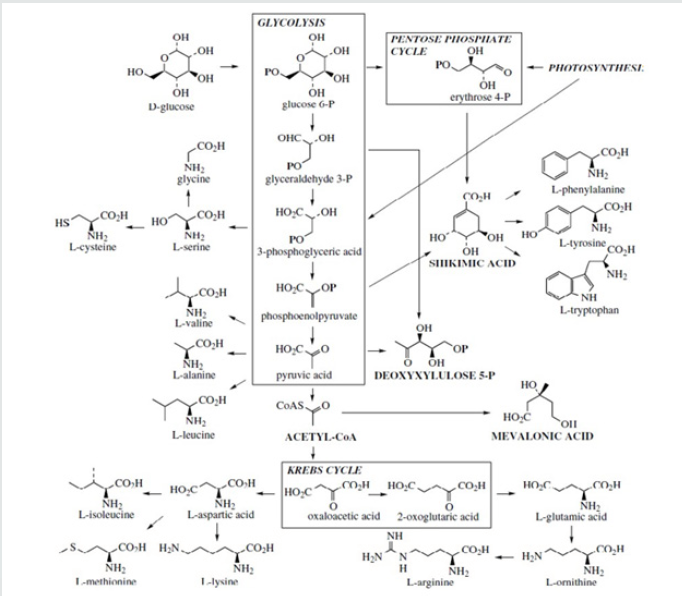
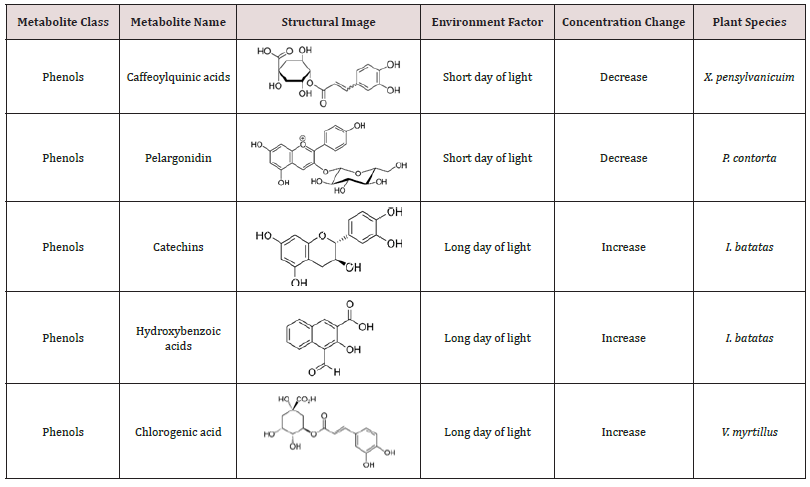
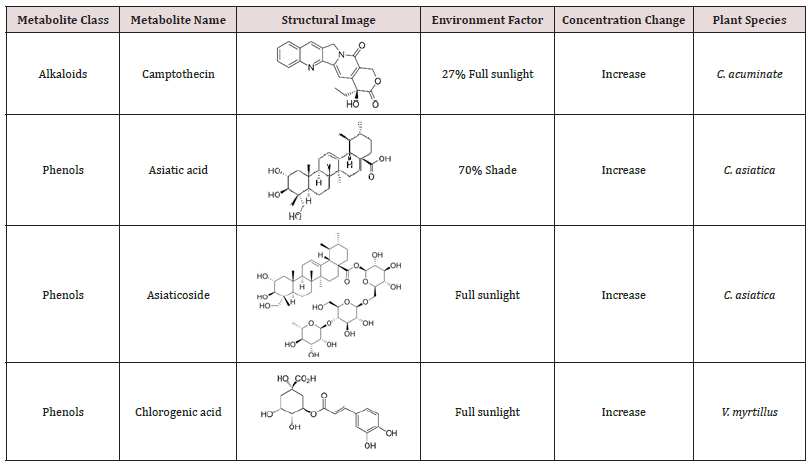
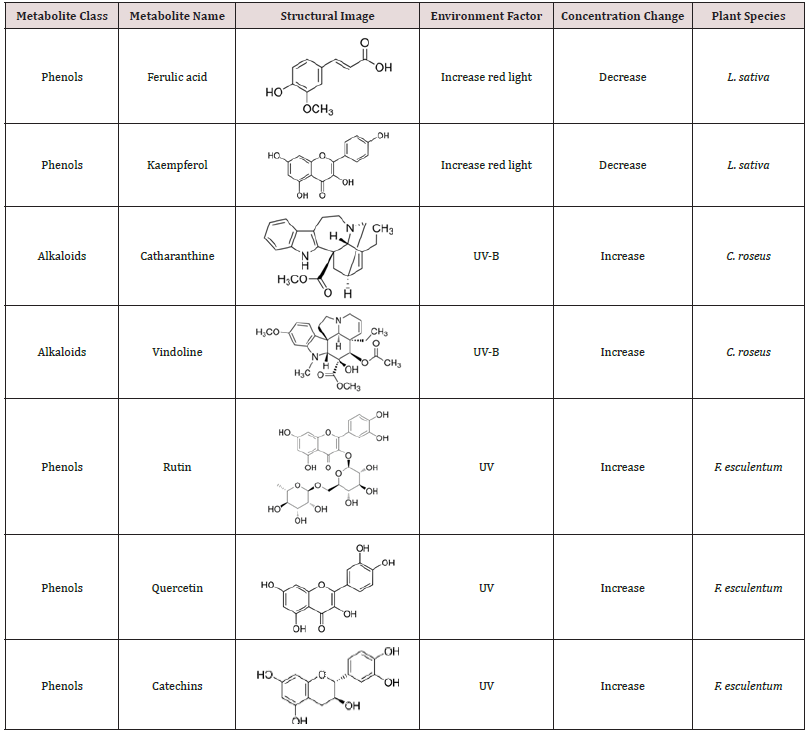
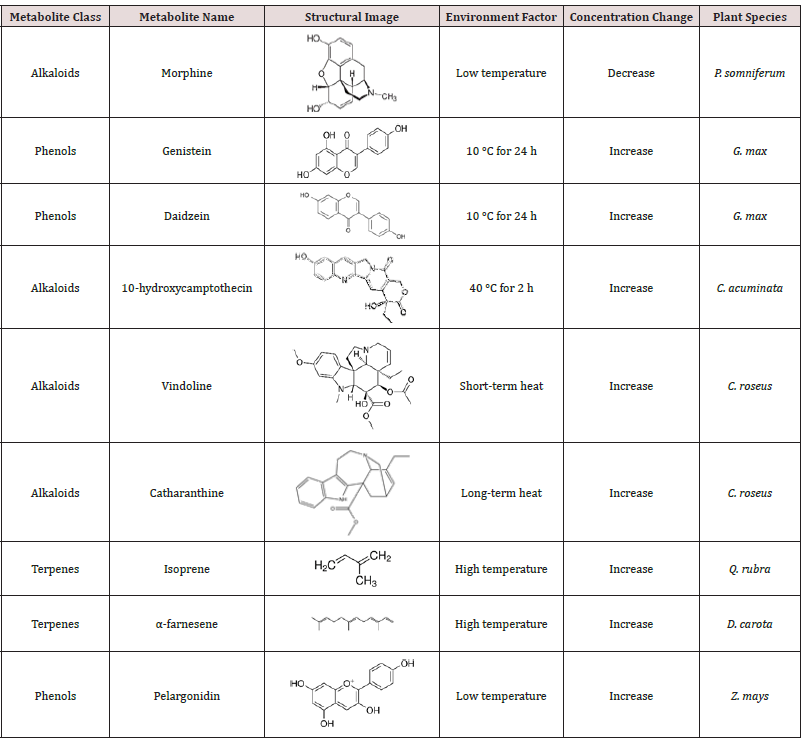

No comments:
Post a Comment
Note: only a member of this blog may post a comment.